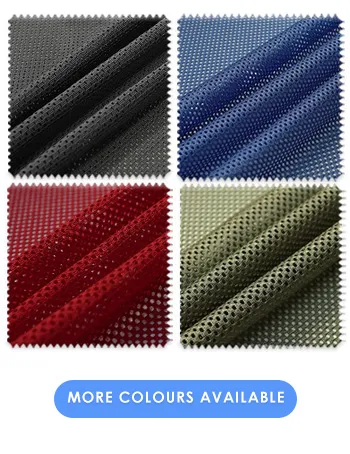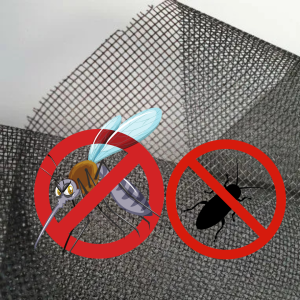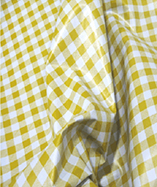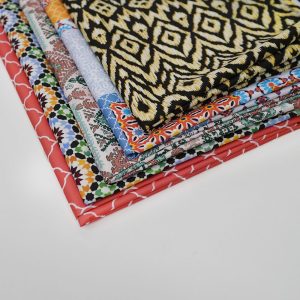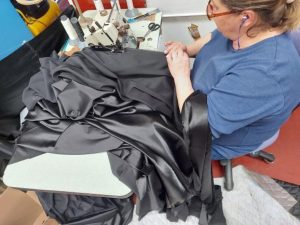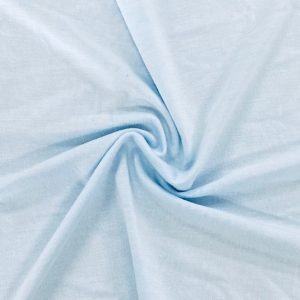Tips For Working With Slippery Fabrics
As you may have noticed, we have a new stock of polyester fabrics in this month, so we figured what better time than now to take a look at some tips for working with it and other slippery fabrics?
Such materials can often be a challenge simply due to the fact that it is often difficult to keep it completely still, whether its on the cutting table or sewing machine. By following these tips you should encounter fewer problems.
Use Startch
While it may not seem like the best idea, a touch of starch on these types of fabric will do wonders in terms of keeping in place so that you can work on it. The trick is to not use so much that the fabric becomes completely unmanageable, but to use enough so that it will stay in place.
If you have any excess, it may be worth testing your starch on that before moving onto the main job. This way, you can get a better idea of how much you need to ensure the material stays workable.
Rotary Cutters
Accuracy when cutting is often a major problem for people when they are working with slippery materials, not least because scissors have the tendency to slip while being used on them. You will often find that those perfectly measure materials end up looking completely different to how you expected unless you are able to keep the scissors perfectly in position at all times. One false move and you have to start again.
To avoid this, consider using a rotary cutter. This will not only let you get the cutting done much faster, but will also be far more accurate as there is less chance of slippage during the cut.
Using Pins
Most people use pins when working with fabrics as standard practice and you’re going to find that they really become your friend when working with slippery pieces. Try to have more pins than you think you would need for an equivalent piece of easier fabrics, simply because the more you have, the less chance there is for slipping.
Avoid placing pin heads over the fabric, as they can lead to it becoming distorted, but be sure to make special use of them when creating seams. You will find that they really help out in the long run.
Exercise Patience
If you are used to being able to get your jobs done quickly when working with other fabrics, you may find that the speedy techniques that you use simply don’t work when using a slippery material. Instead of getting that cut down in a heartbeat or putting the seam in place like you normally would, your fast hands are simply going to lead to small mistakes that really add up in the final piece.
As such, you need to exercise patience, regardless of the methods that you use when cutting and sewing. Take it slow and check regularly to ensure that you aren’t going off course. It will all be worth it when the piece comes together as intended.
Fabric UK is your destination for all types of fabric. Whether you’re searching for fabric samples or purchasing by the meter, we make it easy to find exactly what you need.
You can order: Samples, Wholesale, Fabric by the meter
Fill Form for Free fabric samplesSimply visit our website at fabricuk.com or call us directly at 0121 359 2349 for any questions or inquiries.
Visit Our Fabric Showroom
Feel free to visit our fabric showroom anytime – no appointment is necessary!
KBT LTD, Carlton Business Centre, 132 Saltley Road, Birmingham, B7 4TH, United Kingdom
Email Us:
You can reach us at: info@fabricuk.com
Showroom Hours:
- Monday – Friday: 9:30 am – 6:00 pm
- Saturday: 10:00 am – 5:00 pm





